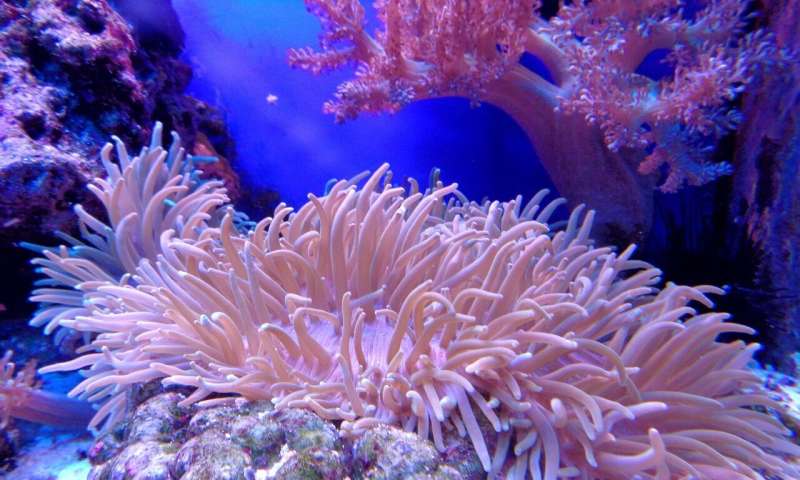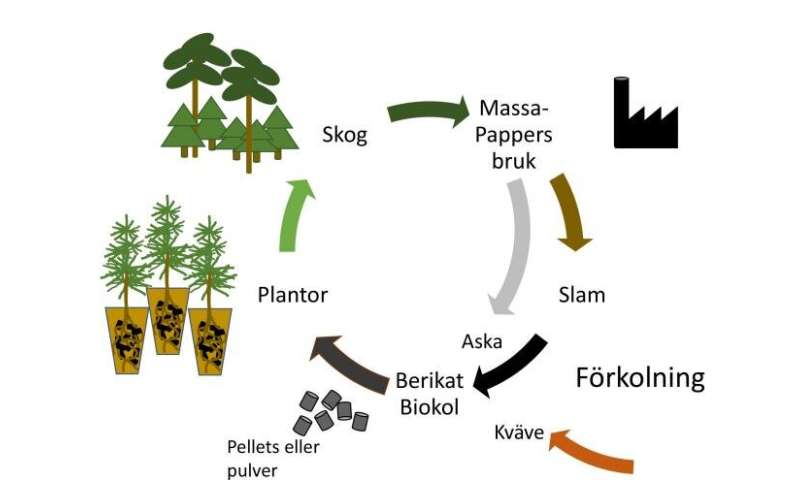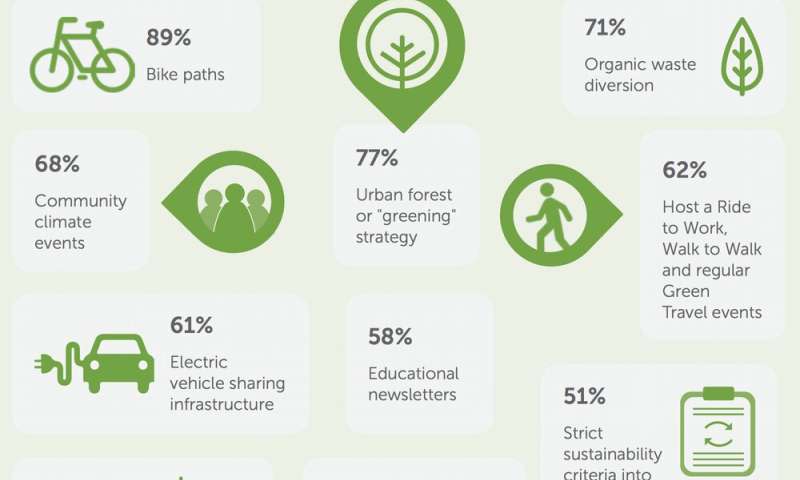by Barbara Ortutay and Amanda Seitz

Democratic presidential candidate and former New York City Mayor Michael Bloomberg speaks during a campaign rally at the Buffalo Soldier Museum in Houston, Thursday, Feb. 13, 2020. Houston Mayor Sylvester Turner stands at right. (Elizabeth Conley/Houston Chronicle via AP)
Facebook has decided to let political campaigns pay online influencers to spread their messages, a practice that had sidestepped many of the social network's rules governing political ads.
Friday's policy reversal highlights difficulties tech companies and regulators have in keeping up with the changing nature of paid political messages.
The change comes days after Democratic presidential candidate Mike Bloomberg exploited a loophole to run humorous messages promoting his campaign on the accounts of popular Instagram personalities followed by millions of younger people.
The Bloomberg posts weren't much more than self-deprecating humor used to sell the candidate's old guy appeal, using a tactic that until now was largely used to sell skin care products or clothing-subscription services. But the lack of oversight and clear rules around influencer marketing, not to mention their effectiveness in reaching younger audiences, makes them ripe for misuse.
Bloomberg's effort skirted many of the rules that tech companies have imposed on political ads to safeguard U.S. elections from malicious foreign and domestic interference and misinformation. Online political ads have been controversial, especially after it was revealed Russia used them in an attempt to influence the 2016 presidential election. In response, Facebook has rolled out a number of rules to prevent a repeat of that, though it has declined to fact-check political ads and refuses to ban even blatently false messages from politicians.
Before the explosion of social media, it was clearer what's an ad and what isn't—and thus what's subject to disclosures and other rules. With social media, a campaign can pay celebrities and other influential users to spread a message on their behalf, without ever buying an ad and be subject to its rules.
"This is a new kind of activity that simply didn't exist when the rules for internet political communications were last updated," said Commissioner Ellen L. Weintraub of the Federal Election Commission.
Friday's policy change involves what Facebook calls "branded content"—sponsored items posted by ordinary users who are typically paid by companies or organizations. Advertisers pay the influential users directly to post about their brand.
Facebook doesn't make money directly from such posts and doesn't not consider them advertising. As a result, branded content wasn't governed by Facebook's advertising policies, which require candidates and campaigns to verify their identity with a U.S. ID or mailing address and disclose how much they spent running each ad.
Until Friday, Facebook tried to deter campaigns from using such branded content by barring them from using a tool designed to help advertisers run such posts on Facebook and Instagram, which is owned by Facebook. The rule change now allows campaigns in the U.S. to use this tool, provided they've been authorized by Facebook to run political ads and disclose who paid for the sponsored posts. Campaigns that avoid using the tool, as Bloomberg had, risk having their accounts suspended.

Facebook has decided to let political campaigns pay online influencers to spread their messages, a practice that had sidestepped many of the social network's rules governing political ads.
Friday's policy reversal highlights difficulties tech companies and regulators have in keeping up with the changing nature of paid political messages.
The change comes days after Democratic presidential candidate Mike Bloomberg exploited a loophole to run humorous messages promoting his campaign on the accounts of popular Instagram personalities followed by millions of younger people.
The Bloomberg posts weren't much more than self-deprecating humor used to sell the candidate's old guy appeal, using a tactic that until now was largely used to sell skin care products or clothing-subscription services. But the lack of oversight and clear rules around influencer marketing, not to mention their effectiveness in reaching younger audiences, makes them ripe for misuse.
Bloomberg's effort skirted many of the rules that tech companies have imposed on political ads to safeguard U.S. elections from malicious foreign and domestic interference and misinformation. Online political ads have been controversial, especially after it was revealed Russia used them in an attempt to influence the 2016 presidential election. In response, Facebook has rolled out a number of rules to prevent a repeat of that, though it has declined to fact-check political ads and refuses to ban even blatently false messages from politicians.
Before the explosion of social media, it was clearer what's an ad and what isn't—and thus what's subject to disclosures and other rules. With social media, a campaign can pay celebrities and other influential users to spread a message on their behalf, without ever buying an ad and be subject to its rules.
"This is a new kind of activity that simply didn't exist when the rules for internet political communications were last updated," said Commissioner Ellen L. Weintraub of the Federal Election Commission.
Friday's policy change involves what Facebook calls "branded content"—sponsored items posted by ordinary users who are typically paid by companies or organizations. Advertisers pay the influential users directly to post about their brand.
Facebook doesn't make money directly from such posts and doesn't not consider them advertising. As a result, branded content wasn't governed by Facebook's advertising policies, which require candidates and campaigns to verify their identity with a U.S. ID or mailing address and disclose how much they spent running each ad.
Until Friday, Facebook tried to deter campaigns from using such branded content by barring them from using a tool designed to help advertisers run such posts on Facebook and Instagram, which is owned by Facebook. The rule change now allows campaigns in the U.S. to use this tool, provided they've been authorized by Facebook to run political ads and disclose who paid for the sponsored posts. Campaigns that avoid using the tool, as Bloomberg had, risk having their accounts suspended.

In this March 29, 2018 file photo shows the logo for Facebook at the Nasdaq MarketSite, in New York's Times Square. Facebook on Friday, Feb. 14, 2020, decided to allow a type of paid political message that sidesteps many of the social network's rules governing political ads. Its policy change comes days after presidential candidate Michael Bloomberg exploited a loophole to run such humorous messages promoting his campaign on the accounts of popular Instagram personalities followed by millions of young voters.(AP Photo/Richard Drew, File)
"After hearing from multiple campaigns, we agree that there's a place for branded content in political discussion on our platforms," Facebook said in an exclusive statement to The Associated Press. "We're allowing U.S.-based political candidates to work with creators to run this content."
Politicians still won't be required to disclose how much they paid the influencers to run the posts. And the posts won't appear in Facebook's ad library, which publicly catalogs political ads and allows other campaigns, journalists and watchdog groups to view the type of messages politicians are pushing in the election.
Facebook's new rules won't apply to someone merely creating or sharing a post about a politician without getting paid.
Facebook said it is asking the influencer accounts that posted the Bloomberg memes to retroactively use the tool meant for such posts. After this happens, the posts will be labeled as a "paid partnership" with Bloomberg.
The Bloomberg campaign had taken the unconventional step of paying social media influencers—individuals with huge followings—to post Bloomberg memes using their Instagram accounts. Different versions of the sponsored posts from the Bloomberg campaign ran on more than a dozen influential Instagram accounts, each of which have millions of followers.
The Bloomberg campaign's memes showed the 78-year-old candidate, in a tongue-in-cheek awkward fashion, chatting with popular social media influencers with names like "Tank Sinatra," asking them to help him raise his profile among younger folk.
"Can you post a meme that lets everyone know I'm the cool candidate?" Bloomberg wrote in one of the exchanges posted by an Instagram account with nearly 15 million followers. The candidate then sent a photo of him wearing baggy chino shorts, an orange polo and a zip-up vest. The reply: "Ooof that will cost like a billion dollars." The billionaire candidate responded by asking where to send the money.
With the sponsored posts, Bloomberg's campaign said it was reaching those who might not be normally interested in the day-to-day of politics.
"You want to engage people at every platform and you want them to feel like they're not just getting a canned generic statement," campaign spokeswoman Sabrina Singh said of the campaign's strategy.
The Bloomberg campaign declined to say how much it paid for the sponsored posts, or if it had more in the works.
Explore further Facebook halts small Iranian group targeting U.S. users on social network
© 2020 The Associated Press. All rights reserved.
"After hearing from multiple campaigns, we agree that there's a place for branded content in political discussion on our platforms," Facebook said in an exclusive statement to The Associated Press. "We're allowing U.S.-based political candidates to work with creators to run this content."
Politicians still won't be required to disclose how much they paid the influencers to run the posts. And the posts won't appear in Facebook's ad library, which publicly catalogs political ads and allows other campaigns, journalists and watchdog groups to view the type of messages politicians are pushing in the election.
Facebook's new rules won't apply to someone merely creating or sharing a post about a politician without getting paid.
Facebook said it is asking the influencer accounts that posted the Bloomberg memes to retroactively use the tool meant for such posts. After this happens, the posts will be labeled as a "paid partnership" with Bloomberg.
The Bloomberg campaign had taken the unconventional step of paying social media influencers—individuals with huge followings—to post Bloomberg memes using their Instagram accounts. Different versions of the sponsored posts from the Bloomberg campaign ran on more than a dozen influential Instagram accounts, each of which have millions of followers.
The Bloomberg campaign's memes showed the 78-year-old candidate, in a tongue-in-cheek awkward fashion, chatting with popular social media influencers with names like "Tank Sinatra," asking them to help him raise his profile among younger folk.
"Can you post a meme that lets everyone know I'm the cool candidate?" Bloomberg wrote in one of the exchanges posted by an Instagram account with nearly 15 million followers. The candidate then sent a photo of him wearing baggy chino shorts, an orange polo and a zip-up vest. The reply: "Ooof that will cost like a billion dollars." The billionaire candidate responded by asking where to send the money.
With the sponsored posts, Bloomberg's campaign said it was reaching those who might not be normally interested in the day-to-day of politics.
"You want to engage people at every platform and you want them to feel like they're not just getting a canned generic statement," campaign spokeswoman Sabrina Singh said of the campaign's strategy.
The Bloomberg campaign declined to say how much it paid for the sponsored posts, or if it had more in the works.
Explore further Facebook halts small Iranian group targeting U.S. users on social network
© 2020 The Associated Press. All rights reserved.












